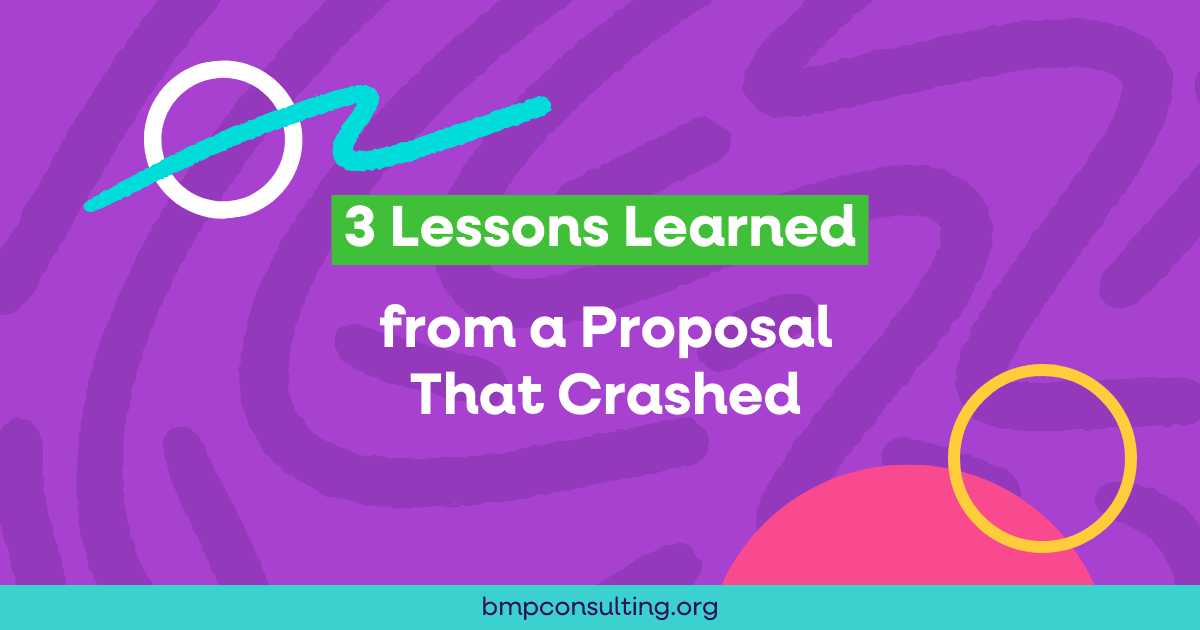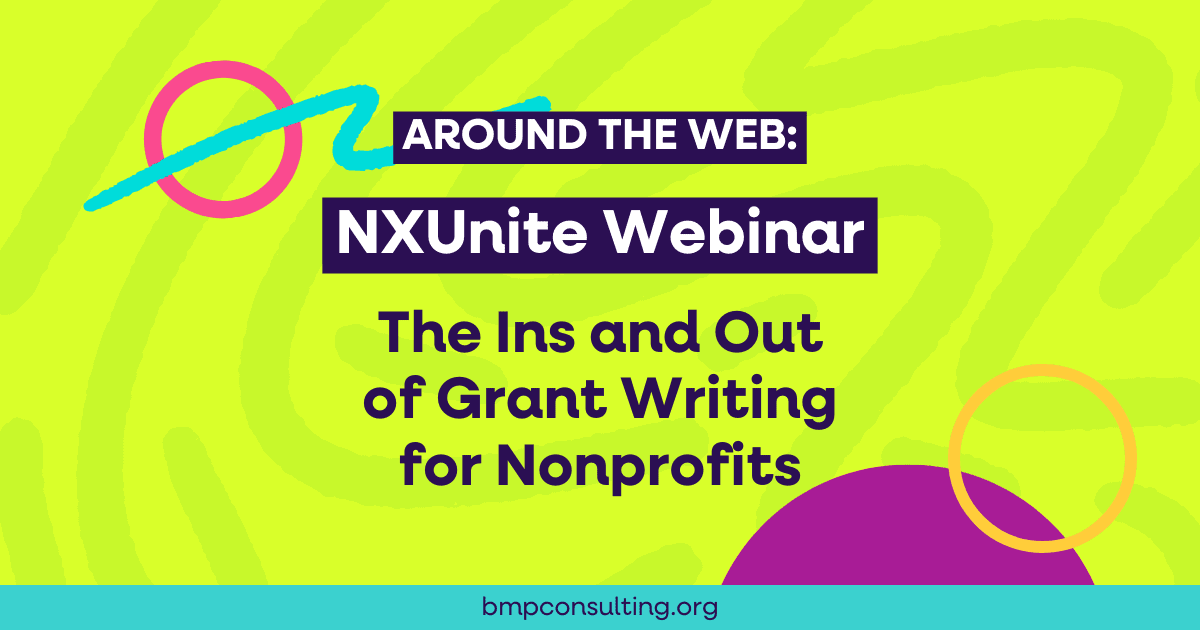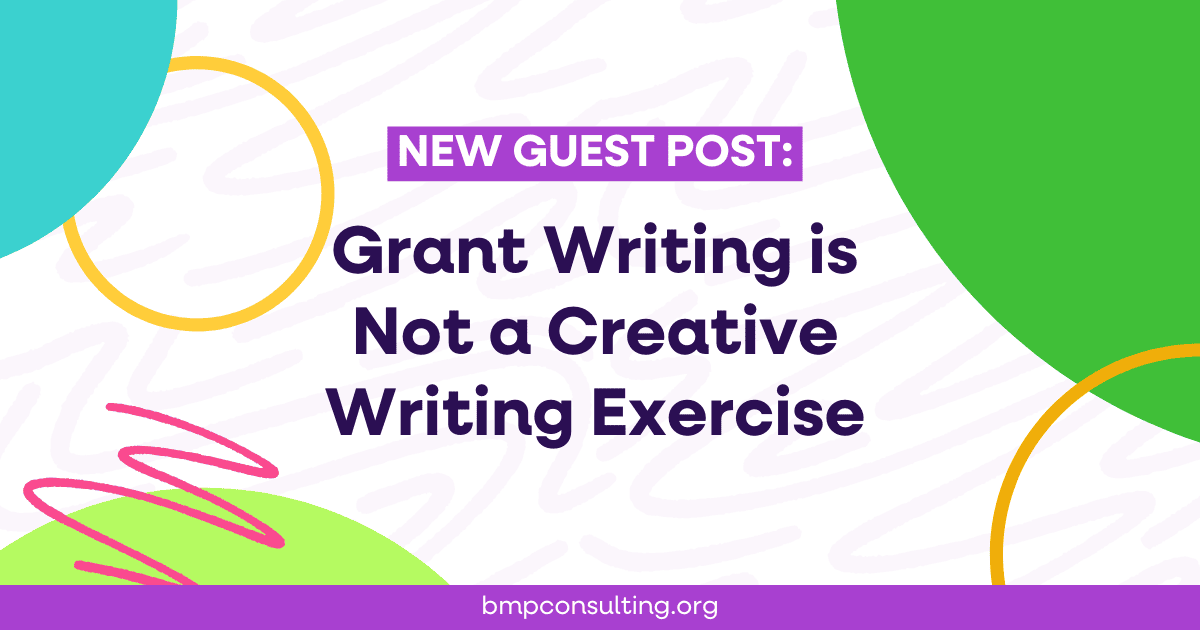On September 19, Jason Adkins, President of the Kentucky GPA Chapter, and I presented a webinar called A Proposal that Crashed – A Proposal that Soared. We each presented a proposal we had written and the lessons we learned through the process. You can find the webinar recording here if you would like to listen to it.
I shared lessons learned from a proposal that soared. Today, Jason shares what he learned from a proposal that crashed.
A Proposal that Crashed
Grant Opportunity Description:
In 2016, I helped two local high schools apply for a state department of education grant. The funding opportunity supported special medical courses for high schools. Students graduate from these programs with college credit and, sometimes, job offers!
One of these high schools contacted me early, and I was able to dedicate several weeks to their application. The other school reached out a few days before the deadline. To my surprise, the thrown-together proposal was funded! My other, more carefully prepared application crashed.
The grant application required the following sections:
- 4-page narrative (with seven sections)
- 1-page timeline
- Summary budget form
- 1-page budget narrative
The grantor required an original version of the application and a redacted version—both of which were submitted through email. A panel of three reviewers scored the proposal, using a rubric published in the grant guidelines, and offered comments on each section.
#LifeasaGrantPro:
Of course, I had more on my to-do list than these two grants. Most grant pros can relate! We rarely are able to focus on one project. During the six-week application window, I also
- Contributed to a university partner’s federal application as an editor and author of two sections;
- Worked on a grant in juvenile justice, a topic I had no experience in;
- Had one “this is due today—can you help?” scenario;
- Secured an event sponsorship;
- Generated funding prospect lists for two groups; and
- Migrated our department’s web page to our organization’s new website.
OK, the Thing about Reviewers Is. . .
I would love to turn this blog into a personal therapy session on grant reviewers, but that’s not productive. Reviewers are like customers: they’re always right (even when they’re wrong). They miss things. They are human and are likely to make a mistake. Since good writing is mindful of its audience, I’ve decided to quit complaining and try something new: learn why reviewers miss things and learn how I can help them avoid mistakes.
Lessons learned from this application:
I did a deep dive into the reviewers’ comments to learn more about the weak and consequential sections. Here are the lessons I learned.
1. The Two-Point Premium. The scores for my budget summary form were a surprise. I found one reviewer scored it much lower (5/10) than the other two (7/10). He commented, “This section requires many more details as to what items will be purchased with the grant monies.”
The next section of the grant was the budget narrative, which scored well. The same reviewer gave this advice: “The list of materials would have been placed more effectively in the budget summary.” Now, grant pros know that’s not the best practice for reviewing. The information this reviewer wanted was in the proposal, and he penalized the proposal for subjective reasons.
On the other hand, whose job was it to make sure this reviewer had the info he needed to score my proposal? If we do not make information easy to find, we give away points in the competitive process. That mistake cost this crashed proposal two points and made the budget summary form my weakest section.
Advice: think like a reviewer! Where might they want info? Might they need info repeated? Quit saying, “It was there; they just didn’t see it.” Make them see it.
2. The Rock and the Hard Place. I noticed an alarming trend in the reviewers’ comments. I saw phrases like “lacking information,” “more information,” “missing” (three times), and “more detail” (four times!). Interestingly, two items described as missing were not required. Part of our dilemma as grant pros, the rock, is reviewers want more details and information.
The other part of our dilemma, the hard place, is we have limited space. I had to address 7 narrative sections in 4 double-spaced pages. For these proposals, I budgeted space based upon the point values of each section. I saved a quarter of a page for a section worth 5 points and one and quarter-page for a section worth 25 points.
NERD ALERT. The application required so much info and offered such little space that I calculated the number of lines available per section (5.75 for a 5-point section, 28.75 for a 25-point section).
If I could do it all over again, I would
- Treat the narrative like an online application
- Convert page/line estimates to strict character counts (about 90 characters per line; 5.75 lines = 500 characters)
- Critically examine my writing for space wasters. Looking back through the proposal, I found the word “necessitated.” Ain’t nobody got space for that!
- Use more charts. We were allowed to use a smaller font in charts, but I only had one.
3. “Very Good” Can Be Not Good Enough. One of the most consequential sections was the project description. Reviewers gave it scores of 11, 11, and 13 (out of 15 points). I lost an average of 3.3 points per reviewer. On the scoring rubric, scores between 11-15 were considered “Excellent – Very Good.” So, one of my weakest sections was still considered “very good.”
So, why was “very good” not good enough? All three reviewers wanted more info in this section. They specifically asked for more info on two areas: (1) our efforts to generate interest among K-12 students and (2) our program evaluation. Looking back, I realize I used cross-references and asked the reviewers to look to other sections for this info. Not all cross-referencing is bad, but these were definitely bad cross-references. In an effort to save space, I basically put in page numbers near the words K-12 and evaluation.
Advice: don’t expect reviewers to go hunting around your proposal. If you cross-reference, use the first and second mentions strategically. Don’t just tell reviewers where to go; give them key phrases and ideas to look for.
During the webinar, my last lesson-learned was that Bethany is better at this than I am. (There’s some truth to every joke, right?) I agree 100% with her advice: “Do your best and don’t sweat the rest.” You will have proposals that crash, but you, like me, will get a few that are thrown together. Our work, like many professions, involves some luck. If we learn from the proposals that crashed, we improve all of our future proposals’ chances.



